Very few people are born with perfectly aligned teeth. Most individuals experience some form of malocclusion, or “bad bite,” which can affect more than just the appearance of your smile. Bite issues can interfere with chewing, speaking, oral hygiene, and even jaw development.
Malocclusion can be caused by:
Genetics
Prolonged thumb sucking or pacifier use
Early or late loss of baby teeth
Dental disease or injury
Poor dental habits or hygiene
Birth defects or certain medical conditions
Dr. Andrew Selly believes that understanding your (or your child’s) orthodontic issue is the first step to finding the right treatment. With expert care, we can improve both the functionality of your bite and the beauty of your smile.
Below are some of the most common problems we see in our practice, along with a brief explanation of each.
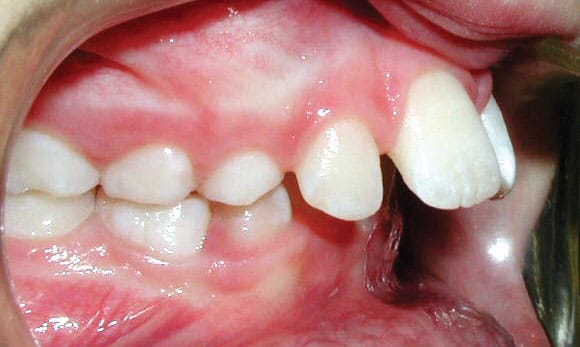
Upper Front Teeth Protrusion
This condition occurs when the upper front teeth extend too far forward—or the lower teeth sit too far back. It can affect both appearance and bite function, and may increase the risk of trauma to the front teeth.
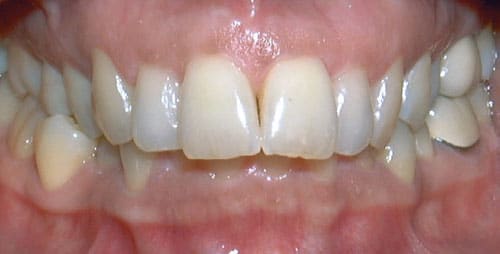
Overbite
An overbite happens when the upper front teeth overlap the lower front teeth significantly. In more severe cases, the lower teeth may even bite into the roof of the mouth, causing discomfort and wear on the teeth.
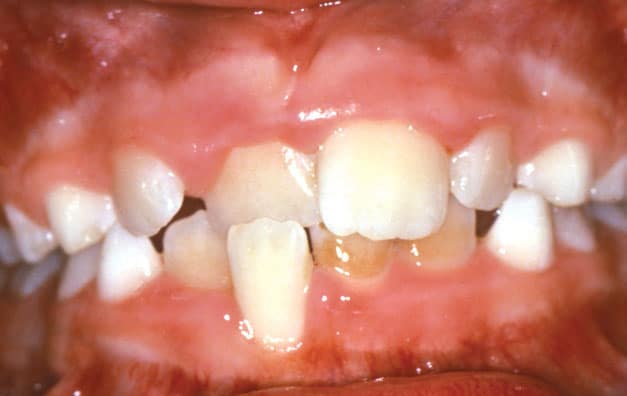
Crossbite
A crossbite occurs when some of the upper teeth sit inside the lower teeth. This can happen in the front or back of the mouth and may cause uneven jaw growth or facial asymmetry if not treated.
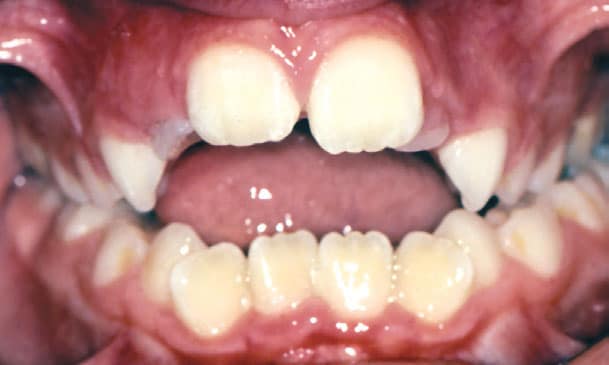
Open Bite
An open bite means the upper and lower front teeth do not touch when the mouth is closed. This can make chewing difficult and may be associated with habits like tongue thrusting or prolonged thumb sucking.
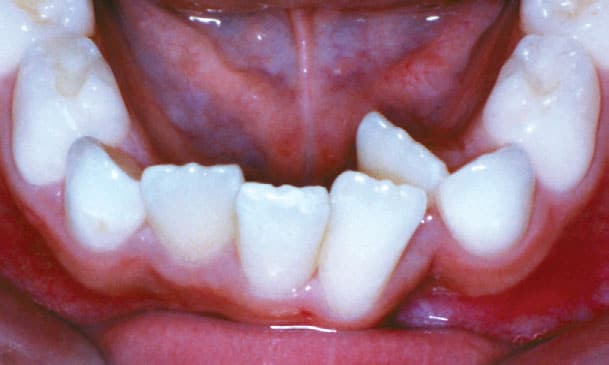
Crowding
Crowding occurs when teeth don’t have enough room to properly erupt. This can lead to overlapping, twisting, or misaligned teeth. In many cases, orthodontic expansion can solve the issue without needing tooth extractions.
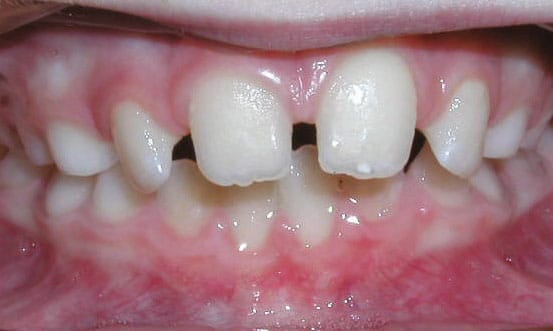
Spacing
Spacing issues refer to gaps between teeth. These may be due to missing teeth, undersized teeth, or simply a cosmetic concern. Orthodontic treatment can close these gaps for a more balanced smile.
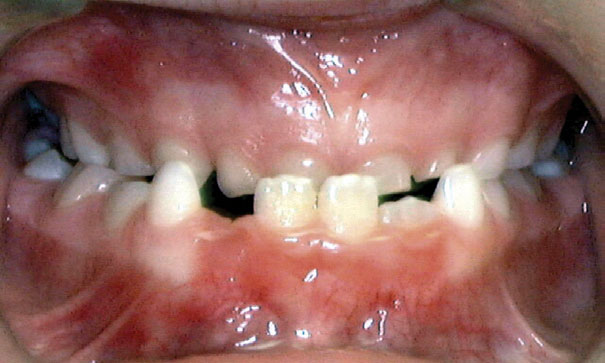
Underbite
With an underbite, the lower jaw extends beyond the upper jaw, causing the lower front teeth to sit in front of the upper front teeth. This can affect chewing, speaking, and overall facial balance.
